Unusual Foods You'll Find in a Fijian market
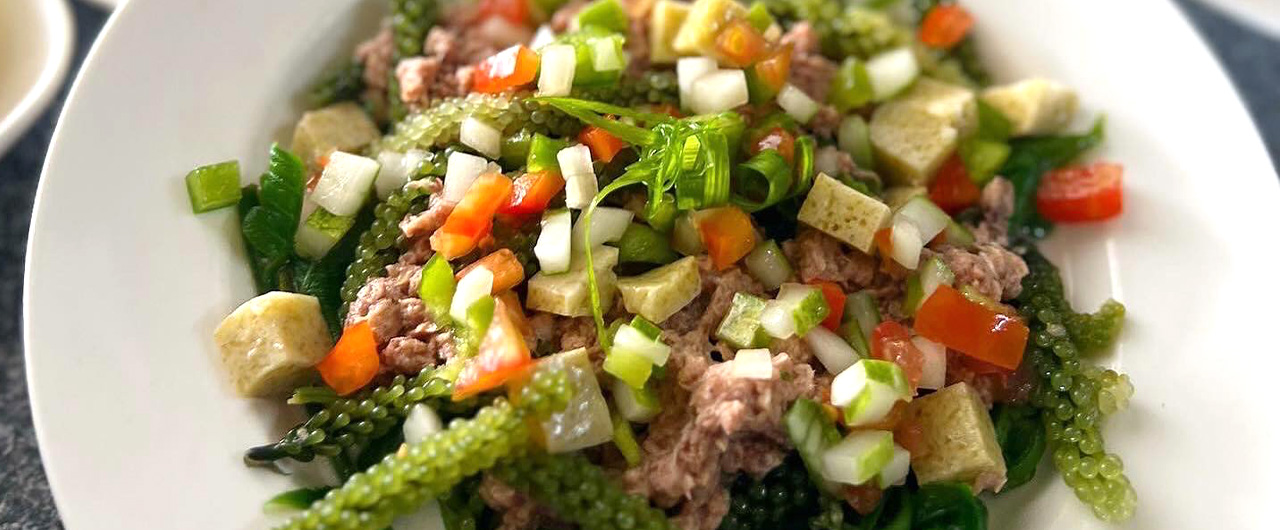
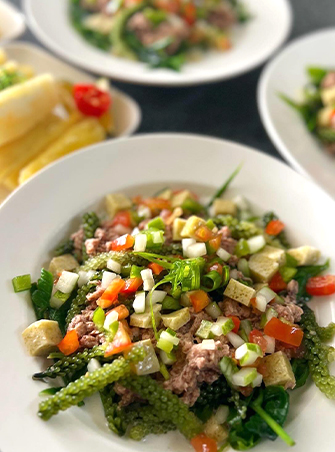
Colorful Culinary Adventures: Exploring Fiji's Food Markets
Head to the market to explore the local food scene, pick up a quick fruit snack, chat to the vendors and keep an eye out for these unusual Fijian foods.
Cawaki
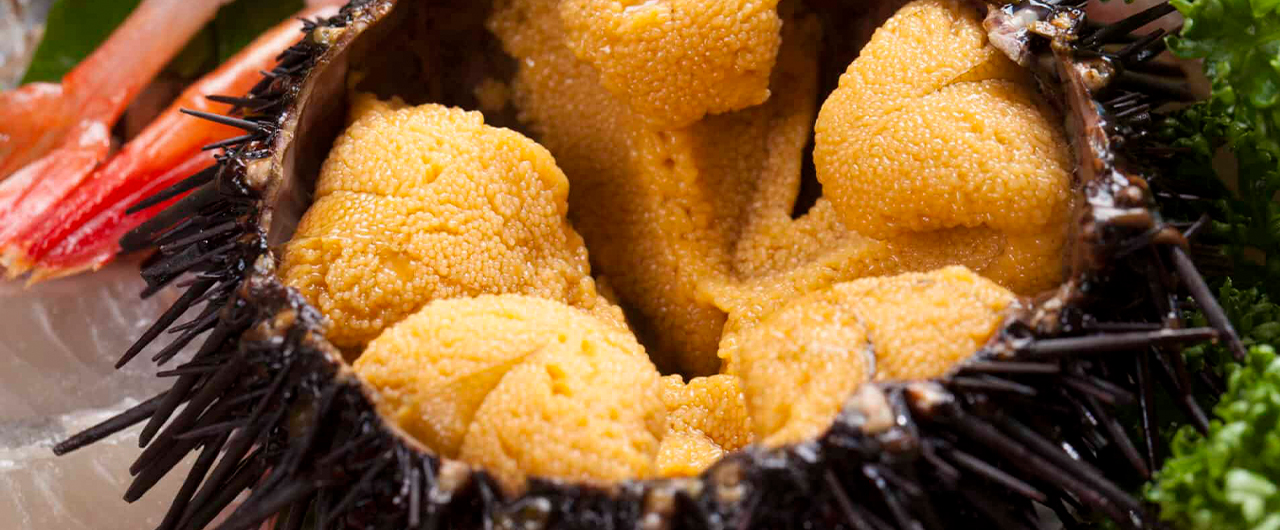
Baskets of prickly ‘cawaki’ gleaned from coral reef flats are usually sold in major urban markets on the weekend. Women pry these sea urchins (Tripneustes gratilla) from their crevices. They can be eaten fresh and raw or cooked on a fire before being cracked open and doused in lemon juice and chilli.
Nama
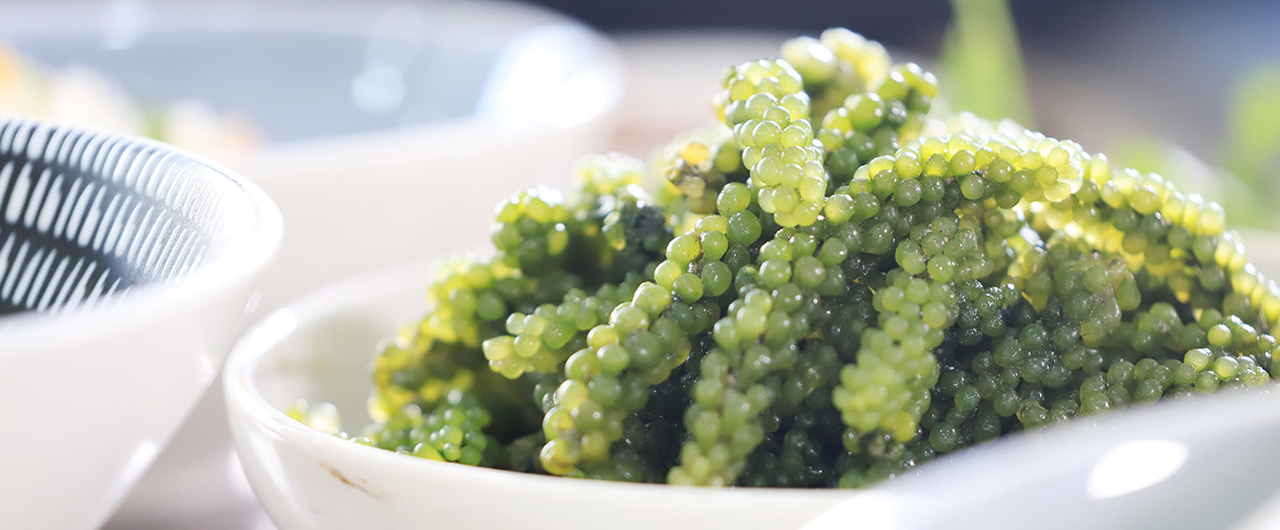
Plated piles of this plump, edible seaweed is usually found near the seafood section of the market – most often on a Friday or Saturday when rural vendors make the weekly trip to big towns to sell their produce.
The tiny, spheres of ‘sea grapes’, (Caulerpa racemosa) grow in pristine, shallow ocean waters and can regrow within a few weeks of being harvested. They are best eaten fresh and raw. A quick splash of fresh lemon juice, chilli, onions and tomatoes (optional tuna) and you’ve got yourself a light, healthy lunch to tuck in to.
Ota
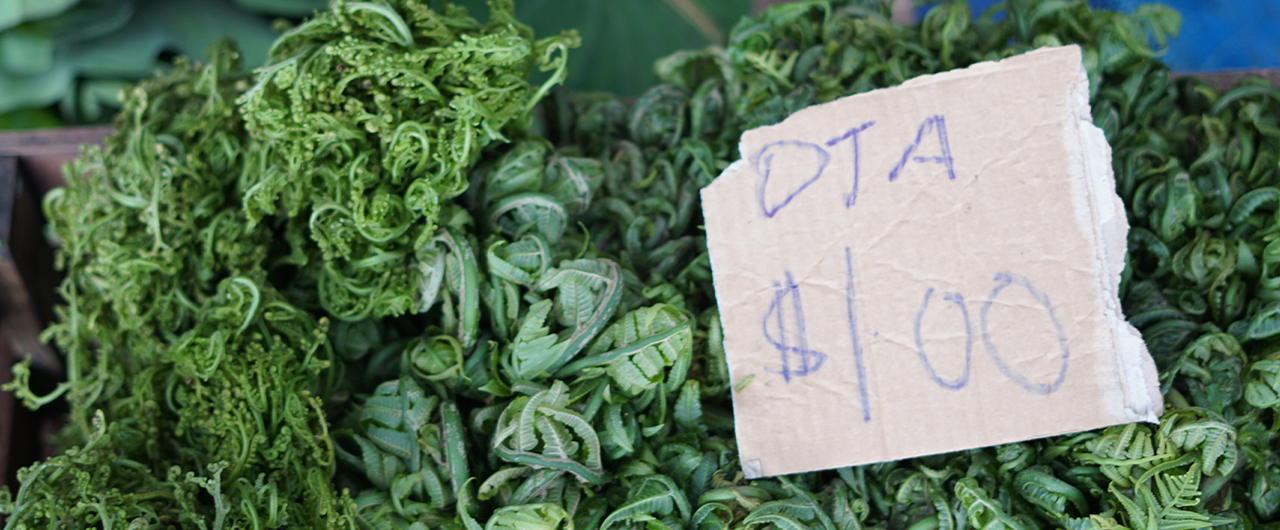
This freshwater fiddlefern is found along the banks of small creeks in the interior of the larger islands. Two types (ota and lalabe) identified by the size of their leaves and stalks, are sold in markets but both are prepared very similarly.
The delicate fronds are stripped from the stalk, washed and blanched to retain a fresh, crunchy texture. Delicious to be eaten alone or paired with the popular side of miti (coconut milk), tuna, tomatoes, onions and chilli. High in fibre, it’s a great change from the usual garden salad, so if you find it on the menu, give it a try!
Lumi
Look out for Lumi (Gracilaria maramae) - a golden, wispy seaweed – that is gleaned from sandy reef patches and sold in markets on weekends.
Another Fijian delicacy, it is usually boiled in miti (coconut milk) and flavoured with tuna, onions and chilli until it takes on a jellylike texture. Set to cool in a pan and carved into cubes, the jelly-like dish packs a flavour punch that will have you asking for seconds.
Breadfruit
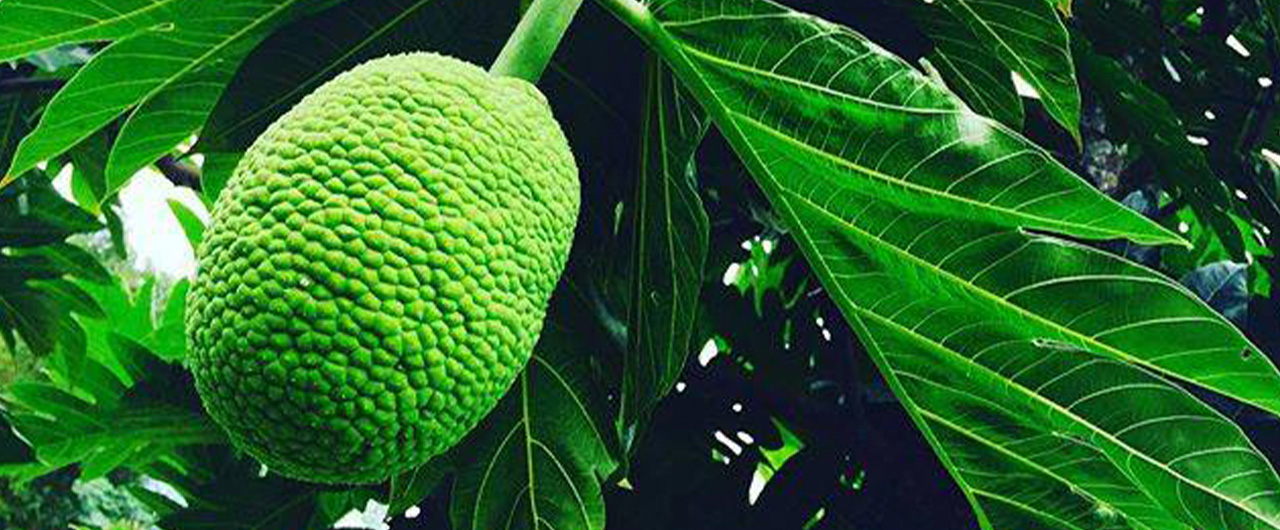
Light green orbs of breadfruit (Artocarpus altilis) were spread through the Pacific by the region’s first settlers because it was a tasty, nutritious, and prolific food source. Grown on a tree, this food derived its name from its similar texture and taste to baked bread or cooked potatoes. Breadfruit is enjoyed roasted on a fire, baked, boiled, fried into fritters, and even ground into flour as a gluten-free baking alternative.
Duruka
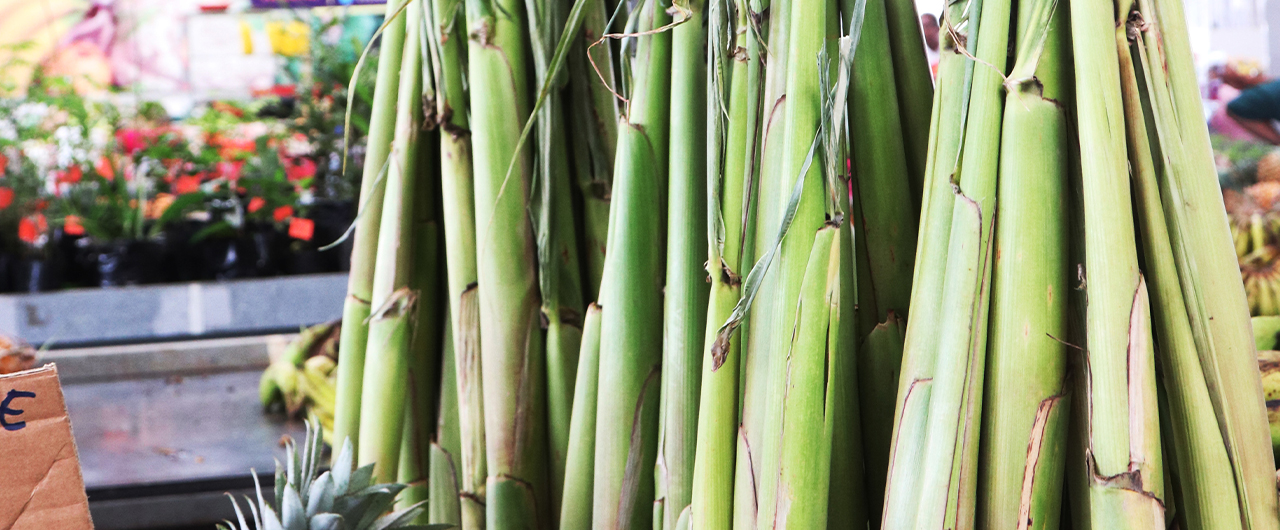
Bundles of long-stemmed ‘duruka’ (Saccharum edule ) start gracing market stalls in April and May and are eagerly snapped by locals. Also known as the “Fiji Asparagus’, the plant is actually a close cousin of the sugarcane plant and can also be found in parts of South East Asia.
The fibrous unopened flower is removed from its sheath and used in an assortment of delicious dishes. Whether baked whole in a flavourful coconut milk or tossed in a spicy Indian curry, ‘duruka’ season is one that all Fijians look forward to.
Taro & Rourou
Dalo (taro) is known as the Pacific’s ‘King’ crop for good reason - almost all parts of the is versatile plant can be eaten. The starchy root tuber is usually baked, fried or boiled while the heart-shaped leaves (rourou) is carefully prepped to remove a mild itch and cooked down into a variety of dishes like rourou soup, palusami and curry. The leaf stems can also be sliced into thin strips and blanched to make a delicious dish called baseisei.